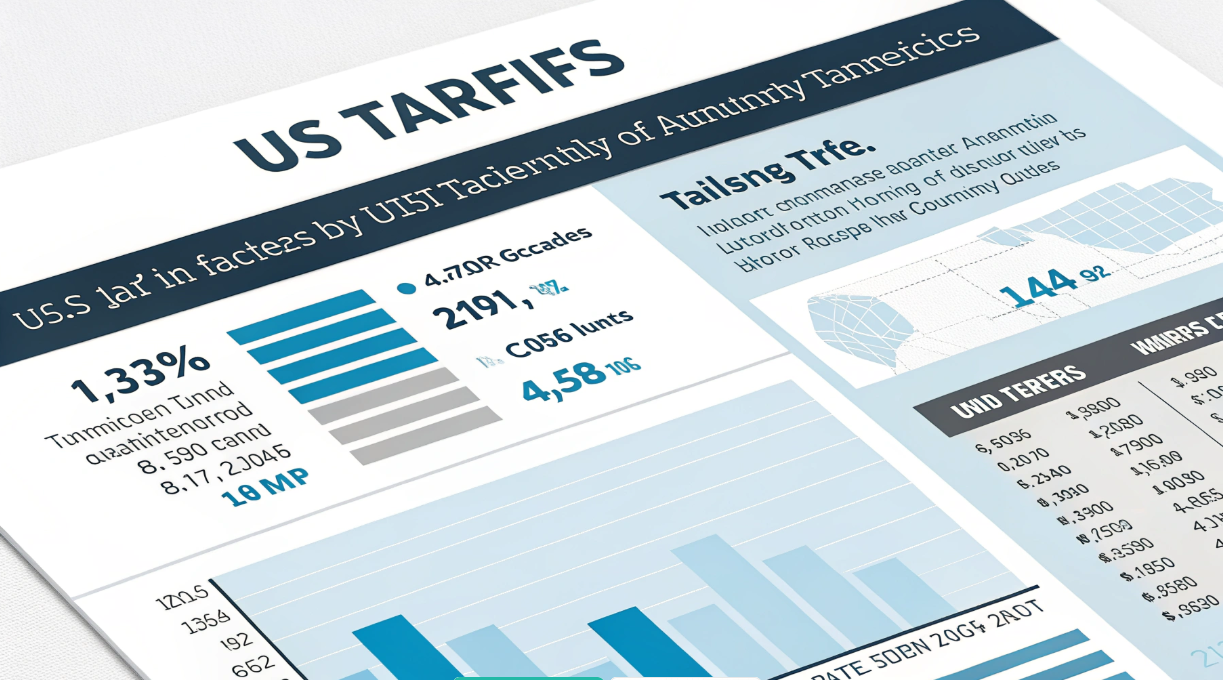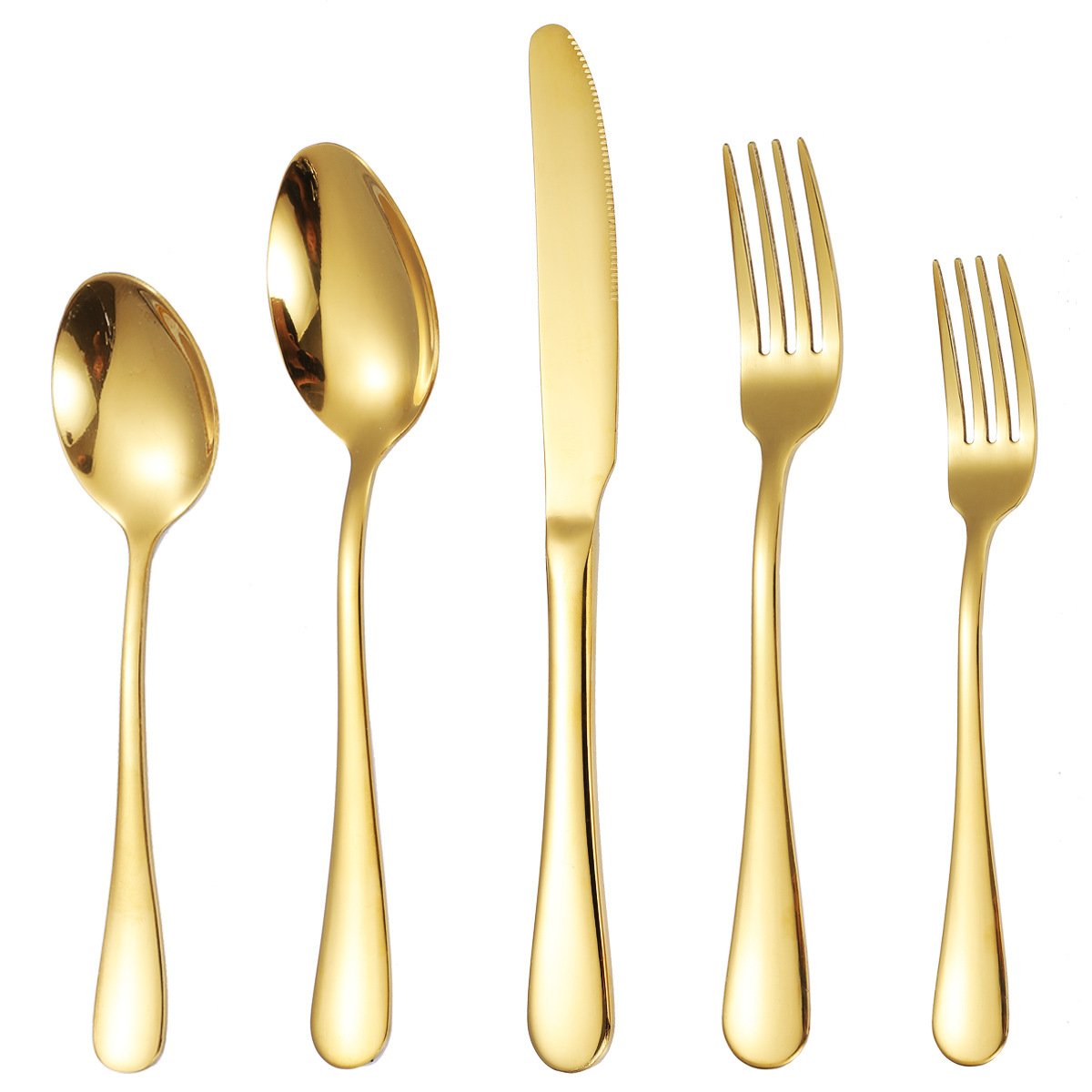Knowing the difference between .925 silver plated and .925 sterling silver is important for people who want to understand the value, durability, and long-term wearability of what they’re buying.
925 silver plated pieces are a less expensive alternative to sterling silver, but the thin layer wears off over time, revealing the base metal. This affects both the durability and the value.
Silver plating is often used for fashion jewelry because it’s less expensive. However, the thin layer of silver can tarnish and wear off with frequent use, especially if it gets wet or is rubbed a lot. This is the type of silver to buy if you want something that’s inexpensive, but not if you want to make a long-term investment.
Table of Contents

What is .925 Sterling Silver?
.925 sterling silver contains 92.5% pure silver and 7.5% other metals, usually copper, to give it strength and durability. Sterling silver is more durable than silver-plated items.
Sterling silver is more durable and valuable than silver-plated items because it has a higher silver content. It will keep its shine and value over time with proper care.
Sterling silver is a popular choice for fine jewelry, home décor, and other high-quality items because it combines durability with beauty. With proper care, sterling silver can last for generations without showing significant wear or tarnish, making it a great investment for those who want to buy quality items that will last.
Is 925 Silver Plated Worth Anything?
925 silver plated items are not worth as much as sterling silver. While 925 silver plated items are beautiful, the base metal underneath the silver plating makes them worth less, especially after the silver layer wears off.
925 silver plated items have limited resale value due to their thin silver coating and lack of long-term durability. They are suitable for fashion jewelry but not for investment.
Silver plated items may look beautiful at first, but they have very little resale value. As the silver wears off over time, the base metal underneath is exposed. This makes the item less attractive and less valuable.
How Long Does 925 Silver Plated Last?
The life of 925 silver plated items depends on how often you wear them and how well you take care of them. If you wear them all the time and expose them to water or chemicals, the silver plating will wear off quickly.
With proper care, 925 silver plated jewelry can last for a few months to several years. However, frequent use and improper storage can shorten its lifespan significantly.
To make your silver plated jewelry last longer, store it properly, keep it away from moisture, and polish it gently. Even with the best care, the silver layer will eventually wear off, and you’ll need to have it re-plated if you want it to look like new.
Is .925 Sterling Silver the Same as 925 Sterling Silver?
There is no difference between .925 sterling silver and 925 sterling silver. They are the same thing. Both terms refer to the same high-quality silver alloy containing 92.5% pure silver.
.925 sterling silver and 925 sterling silver are identical in terms of composition and quality. Both contain 92.5% silver and are equally durable.
The term .925 refers to the purity of the silver in the alloy. Whether you see it with or without the period, it’s the same quality. This is why .925 silver is perfect for making durable, long-lasting jewelry and accessories.
What is the Difference Between Silver Plate and Silver-Plated?
There is no difference between silver plate and silver-plated. They are the same thing. Both terms refer to coating a less expensive metal with a thin layer of silver. People use the terms interchangeably in the jewelry industry.
There is no difference between silver plate and silver-plated. They both mean to coat a less expensive metal with a thin layer of silver. This provides an affordable alternative to sterling silver.
Silver-plated items are beautiful and affordable, but they are not as durable as sterling silver. The thin layer of silver will wear off over time, especially with regular use. When this happens, the base metal is exposed, which can affect the appearance and longevity of the item.
Is 925 Sterling Silver Better Than Silver-Plated?
925 sterling silver is way better than silver-plated items in terms of value, durability, and longevity. Silver-plated items are cheaper, but they wear out faster and have no long-term value.
Sterling silver is a better investment than silver-plated items because of its durability and higher silver content. It retains its value over time and is less prone to wear.
Silver-plated jewelry is great for temporary pieces or fashion-forward items, but if you want something that will last and hold its value, sterling silver is the way to go. Sterling silver also holds its shine better and requires less maintenance than silver-plated jewelry.
Can I Wear 925 Sterling Silver in the Shower?
Yes, you can wear 925 sterling silver in the shower. It won’t hurt it. In fact, the water will help to keep it clean and prevent tarnishing.
Silver-plated jewelry should not be worn in the shower. Water and humidity can cause the silver layer to tarnish and peel away, exposing the base metal.
You can wear sterling silver in the shower. The water will help keep it clean and prevent tarnishing.
How to Tell if Something is Silver or Silver-Plated
The easiest way to tell if something is silver or silver-plated is to look for markings. Sterling silver will have a “925” mark. Silver-plated items may have no marks at all or may be marked “plated.”
The easiest way to differentiate between real silver and silver-plated items is by looking for a “925” hallmark which signifies sterling silver; while many plated items often lack such markings.
You can also test it with a magnet; real silver is not magnetic while some base metals used in plating may be magnetic as well. Professional testing kits are also available for more accurate results.
Can 925 Silver Plated Rust?
Silver itself does not rust; however, the base metal in 925 plated items can corrode or rust once exposed after wearing away of its protective layer.
925 plated items may rust after their coating wears off exposing their underlying base metal; proper care helps prevent this from happening.
To prevent rusting or tarnishing store your plated items in dry airtight conditions; if exposed base metals rust or corrode ruining their appearance over time.






